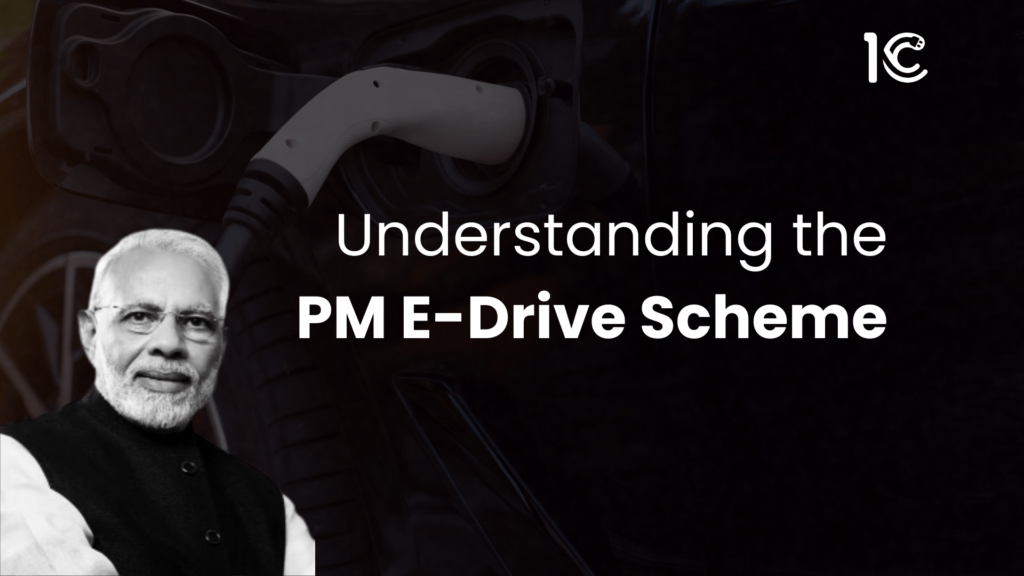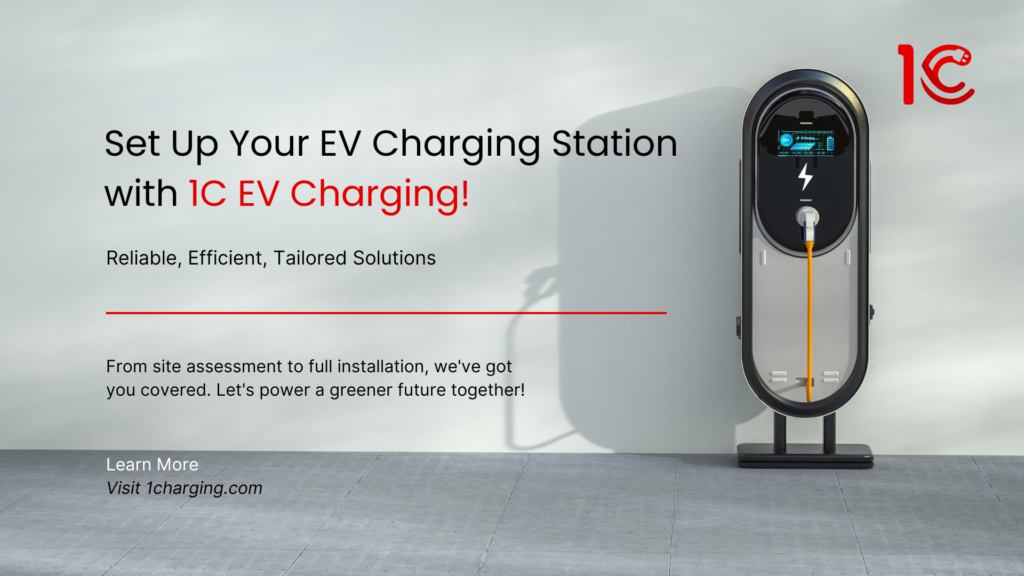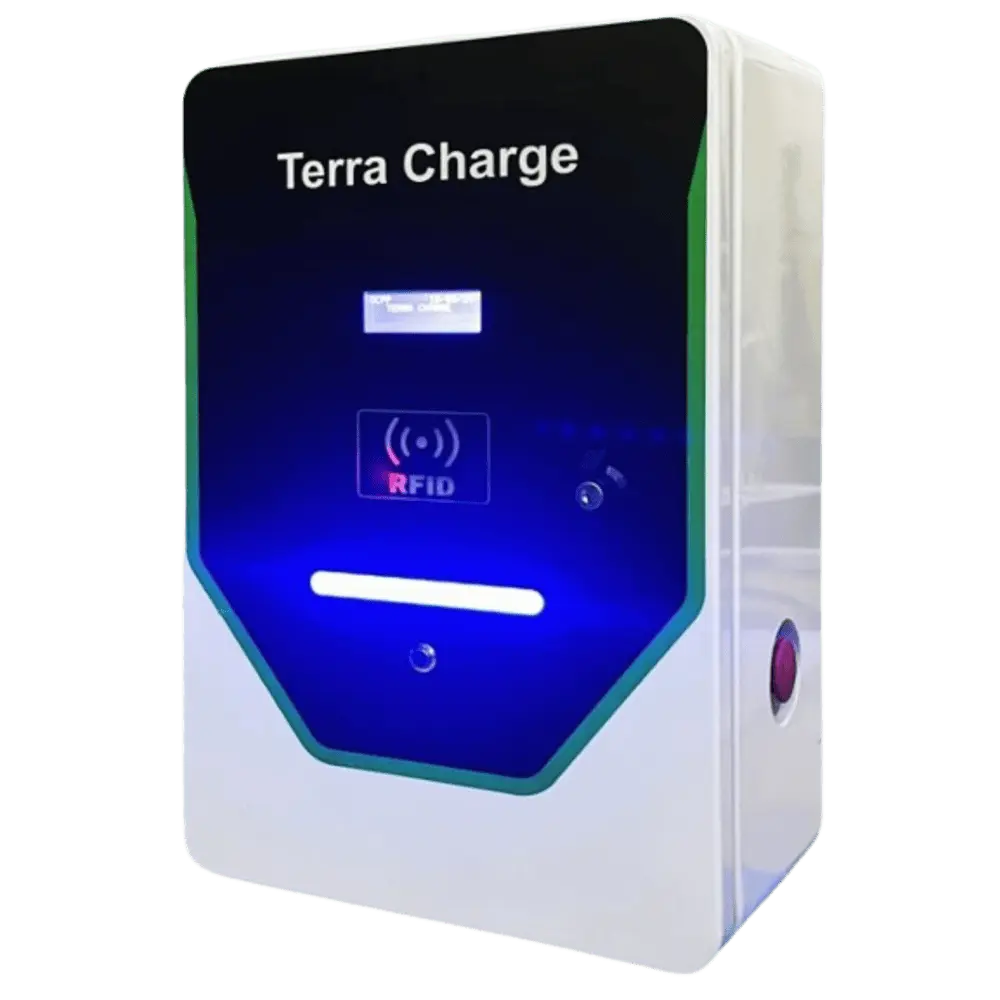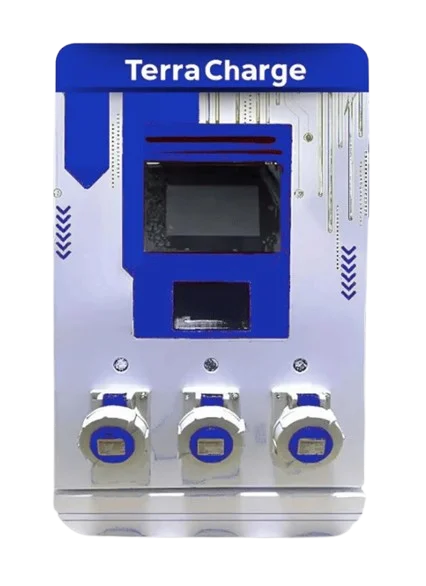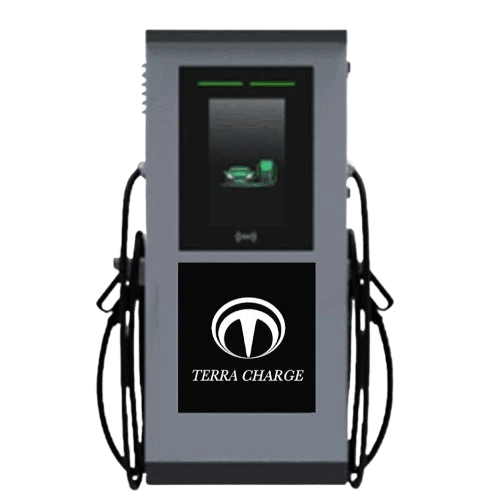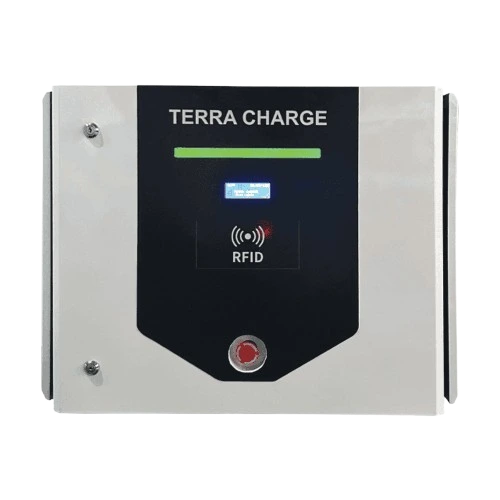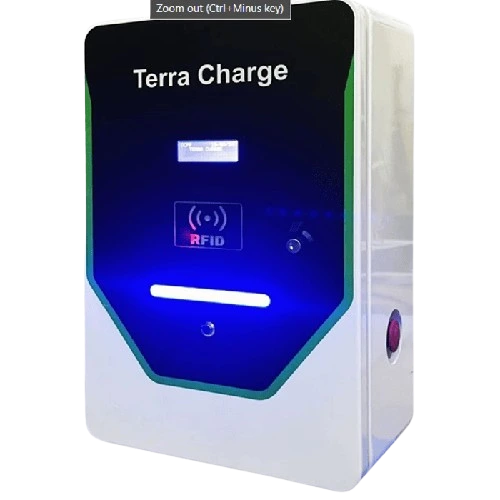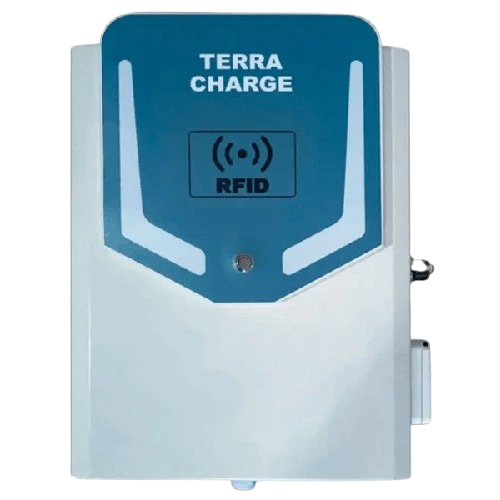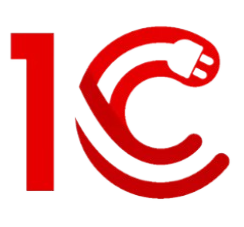In a major boost to India’s electric vehicle (EV) landscape, the Union Cabinet has approved the “PM Electric Drive Revolution in Innovative Vehicle Enhancement” (PM E-Drive) scheme. With an ambitious outlay of ₹10,900 crores over the next two years, this scheme aims to accelerate the country’s transition to electric mobility. The initiative, which replaces the existing FAME (Faster Adoption and Manufacturing of Hybrid and Electric Vehicles) scheme, is set to supercharge the EV revolution by focusing on EV infrastructure, public transport, and commercial adoption.
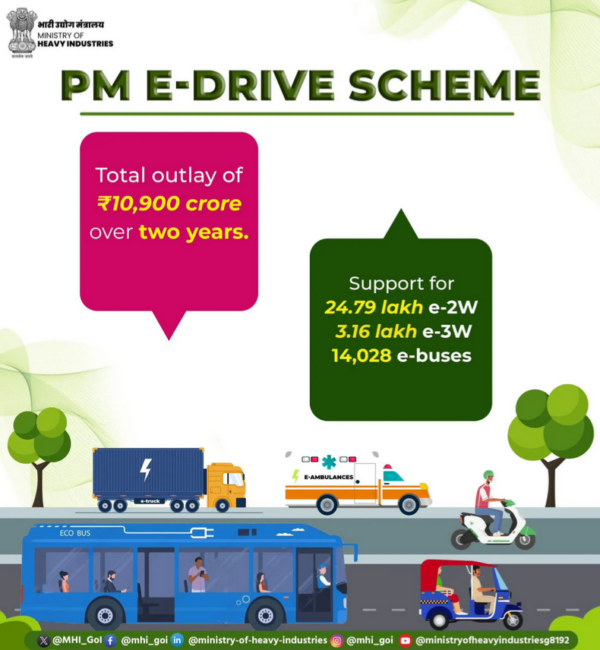
Here’s a deep dive into the PM E-Drive scheme and what it means for India’s electric mobility future.
Major Financial Commitment
The government’s financial allocation under the PM E-Drive scheme is significant, with ₹10,900 crores earmarked over two years. This funding is strategically divided across several key areas:
- Subsidies for EVs: ₹3,679 crores
- Charging Infrastructure: ₹2,000 crores for the installation of 88,500 fast chargers across the country
- e-Buses Procurement: ₹4,391 crores for procuring electric buses
- EV Testing and Development: ₹780 crores to strengthen EV testing agencies
- Electric Ambulances: ₹500 crores to support new e-ambulances.
This substantial financial push is expected to drive the adoption of EVs, particularly among two-wheelers, three-wheelers, buses, and public transport. Notably, personal electric cars and hybrid vehicles are excluded from direct subsidies, a reflection of the government’s focus on public and commercial EVs over private vehicles.
Infrastructure Focus: A Boost for Charging Stations
One of the standout features of the PM E-Drive scheme is the focus on bolstering EV charging infrastructure. The government aims to install 88,500 fast chargers across the country, with specific allocations for different types of vehicles:
- 22,100 fast chargers for electric four-wheelers (e-4Ws)
- 48,400 fast chargers for electric two-wheelers (e-2Ws) and electric three-wheelers (e-3Ws)
- 1,800 fast chargers for electric buses.
This extensive charging network will address one of the primary pain points in EV adoption—the availability of fast and reliable charging stations. With the rapid expansion of infrastructure, consumers can expect increased convenience and accessibility when charging their vehicles, further encouraging the shift towards electric mobility.
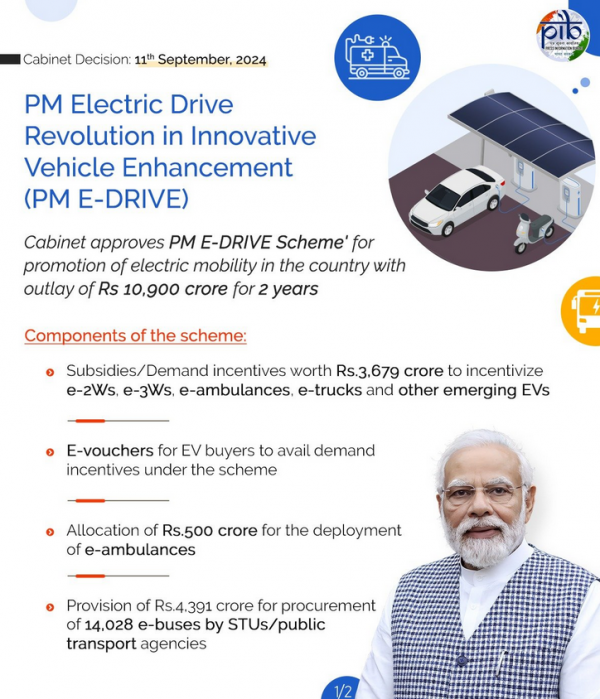
Want to start your own EV Charging Station? Fill out the form here.
Key Targets and Focus Areas
The PM E-Drive scheme is not only about financial allocations; it is driven by clear targets and outcomes. By 2026, the scheme aims to capture a significant market share for electric two-wheelers (10%) and electric three-wheelers (15%). These targets reflect the government’s strategic prioritization of two-wheelers and three-wheelers, given their widespread use in India for both personal and commercial purposes.
In addition to subsidies and infrastructure, the scheme introduces strict Conformity of Production (COP) tests every six months to ensure subsidy funds are used effectively. Aadhaar-verified e-vouchers will be issued to EV buyers, allowing them to receive instant incentives, reducing the risk of misuse and fraud.
Supporting Public and Commercial Transport
The PM E-Drive scheme puts considerable emphasis on public and commercial transportation, with key allocations aimed at electrifying public buses, ambulances, and trucks. With ₹4,391 crores set aside for procuring e-buses, India’s public transport system will benefit from cleaner, greener solutions, reducing urban pollution and contributing to the country’s sustainability goals.
Additionally, ₹500 crores have been allocated for the procurement of electric ambulances, highlighting the government’s commitment to integrating EVs into essential services. Testing and research agencies will also receive a funding boost, with ₹780 crores dedicated to ensuring the highest standards for safety and performance in the Indian EV market.
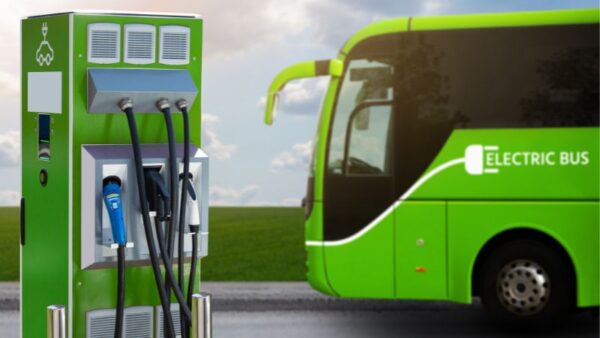
Looking Ahead
The PM E-Drive scheme is undoubtedly a bold step toward electrifying India’s transport sector. With ambitious goals, strong financial backing, and a clear focus on infrastructure and public transport, this scheme is expected to have a transformative impact on India’s EV adoption over the next few years. By addressing key challenges like charging infrastructure and promoting commercial EV adoption, the scheme lays a solid foundation for a future where electric vehicles dominate Indian roads.
While the exclusion of subsidies for personal electric cars may seem like a drawback, it is important to note that these vehicles already benefit from a reduced GST rate of 5%, providing them with some cost advantages. The government’s focus on public and commercial EV adoption reflects a broader vision of making EVs accessible to a larger segment of society while also addressing environmental concerns in urban transport.
Conclusion
The PM E-Drive scheme is a game-changer for India’s electric vehicle revolution. With a strategic focus on infrastructure, public transport, and commercial vehicles, it paves the way for a cleaner, more sustainable future. As the country continues to shift gears toward electric mobility, the success of this scheme will be critical in determining how fast and efficiently India can transition to a greener transport ecosystem.
With clear targets, strict monitoring, and substantial investments, the PM E-Drive scheme is poised to make a significant impact. This is just the beginning of India’s electric future.


